5 kwh Felicity Lithium Ion Battery
R15,000.00 Original price was: R15,000.00.R13,500.00Current price is: R13,500.00.
Category: Batteries
Key Features:
- High Energy Density: Lithium-ion chemistry allows for a high energy density, providing substantial energy storage capacity in a compact form factor.
- Long Cycle Life: Lithium-ion batteries typically have a longer cycle life compared to traditional lead-acid batteries, making them durable and cost-effective.
- Modular and Scalable: Allows for easy expansion by connecting multiple units, providing scalability based on energy storage needs.
- Integrated Battery Management System (BMS): Includes a built-in BMS that monitors and manages the battery’s performance, ensuring safety, optimal operation, and protection against overcharging or over-discharging.
- Compatibility: Designed to work seamlessly with inverters and other components of solar power systems, allowing for easy integration into both off-grid and grid-tied configurations.
- Communication: Some models may feature communication interfaces for remote monitoring and control, providing users with insights into the battery’s status and performance.
- Safety Features: Overcharge protection, over-discharge protection, and other safety features to ensure safe and reliable operation.
Specifications:
- Capacity: 5.1 kWh (Kilowatt-hours)
- Voltage: The nominal voltage per cell (e.g., 3.2V), and the overall voltage depends on the battery configuration (e.g., 48V for a 48V system).
- Chemistry: Lithium Iron Phosphate (LiFePO4) or other lithium-ion chemistries known for safety and longevity.
- Cycle Life: The number of charge-discharge cycles the battery can undergo while maintaining performance.
- Charging and Discharging Current: Maximum current values for charging and discharging.
- Operating Temperature Range: Specifications for the recommended temperature range for optimal performance.
- Dimensions and Weight: Physical dimensions and weight of the battery unit.
Be the first to review “5 kwh Felicity Lithium Ion Battery” Cancel reply
Related products
Sale!
Add to Wishlist
Add to Wishlist
Sale!
Add to Wishlist
Add to Wishlist
Sale!
Add to Wishlist
Add to Wishlist
Sale!
Batteries
Add to Wishlist
Add to Wishlist
Sale!
Add to Wishlist
Add to Wishlist


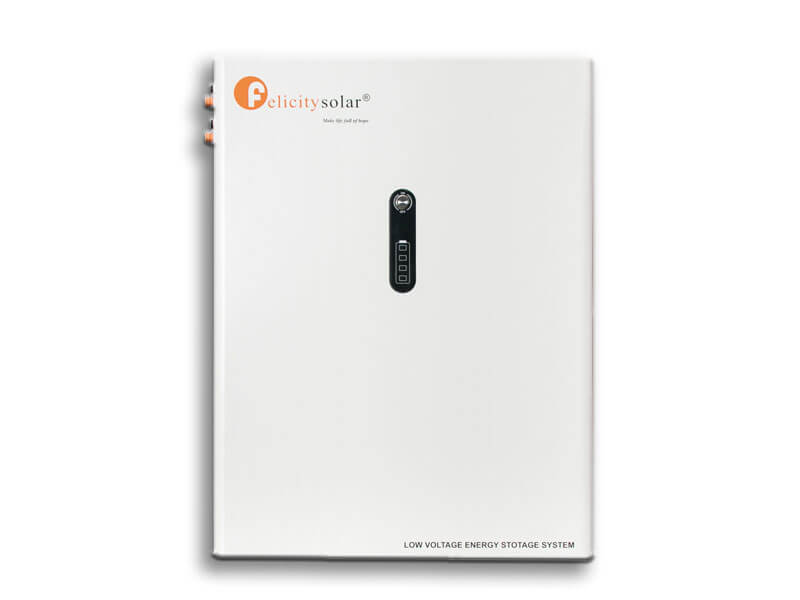
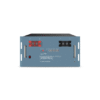
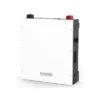
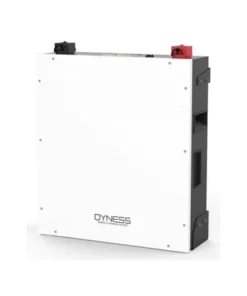
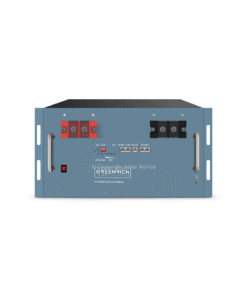
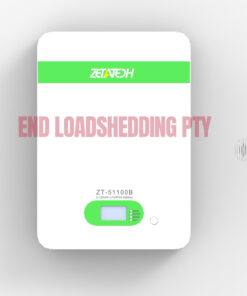
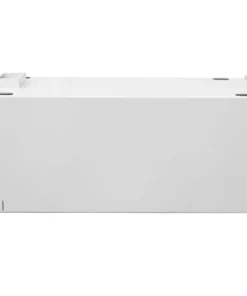
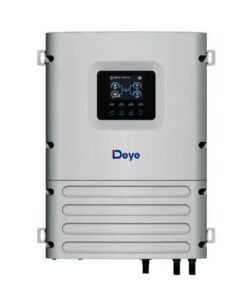
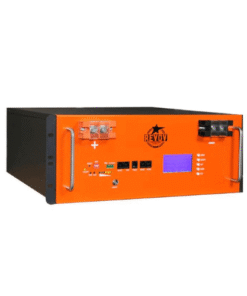
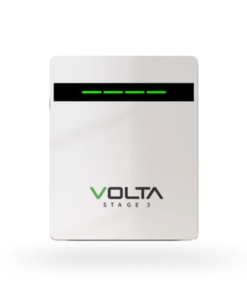
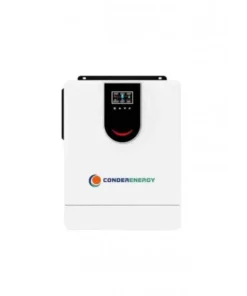
Reviews
There are no reviews yet.